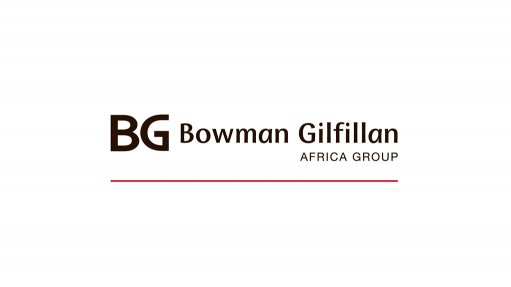
Employers need to consider the possible effects of the current push for multi-union workplaces in the context of collective bargaining. Conflicts between new federation unions and COSATU unions may result in union rivalry, extravagant wage demands and regular massive work stoppages as competing unions fight for turf against one another and against employers.
That’s the view of Khomotso Makapane, partner in Bowman Gilfillan Africa Group’s Employment Practice, who says this development, as well as union factionalism, is impacting the labour market in numerous ways.
He points to inter-union rivalry, additional competition for members in a particular workplace and a growing number of unions organising across industries as examples.
He explains that in terms of Section 95 of the Labour Relations Act (LRA), any trade union that complies with the provisions set out in the section, may apply to the Registrar for registration.
Makapane notes that as at 1 May 2015, there were 179 registered trade unions in South Africa. In the seven years between 2002 and 2008, around 26 new trade unions were registered. In the seven years since, around 54 trade unions have been registered.
He says, “This increase comes despite the fact that an amendment to the LRA in 2002 introduced the requirement that the Registrar must not register a trade union unless satisfied that the applicant is a genuine trade union.”
What is significant is that employment growth has generally been faster in sectors with lower union density, that is, where there is a low number of paid workers who are union members. Two of the fastest growing sectors, construction and finance, both have extremely low union density rates.
“South Africa’s trade union figures have been buoyed largely by the growth in the public sector and unionisation in the civil service. That said, private sector unionisation is driven by the mining industry - around 80% of mining employees are union members. This high rate is historical and due to factors such as tough working conditions and the centralised nature of mines which provide optimal conditions for organising labour and entrenching trade unionism,” explains Makapane.
Chris Todd, partner and head of Bowman Gilfillan Africa Group’s Employment Practice points to a growing trend in which, in order to be financially viable, unions have become more like businesses.
“Over 30% of revenue of some unions is now derived from offering financial services such as commuter insurance, funeral cover, household insurance, life assurance and educational loans for members’ children. Many unions are operating more like banks and insurance companies than organised labour,” Todd explains.
Another influencing factor is a change in the generational profile of union members. The average job seeker in South Africa is 27 years old and has a different attitude to workplace relationships than the previous generation. Young people today are much more individualistic, they want to negotiate directly with their managers.
Makapane concludes, “There is no simple solution to managing the collective bargaining environment. Majoritarianism and its aim to minimise the proliferation of trade unions in a single workplace and to encourage the system of a representative trade union, is still seen by many employers and unions as the right solution. But the push for multi-union workplaces is a trend that is unlikely to disappear, particularly after the shock to the collective bargaining system experienced at Marikana. For some employers, extending workplace democracy more broadly is a necessary development in this environment.”